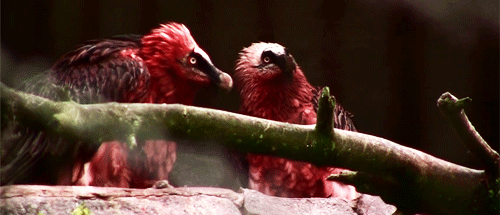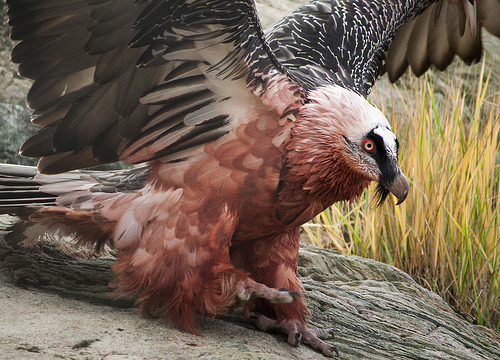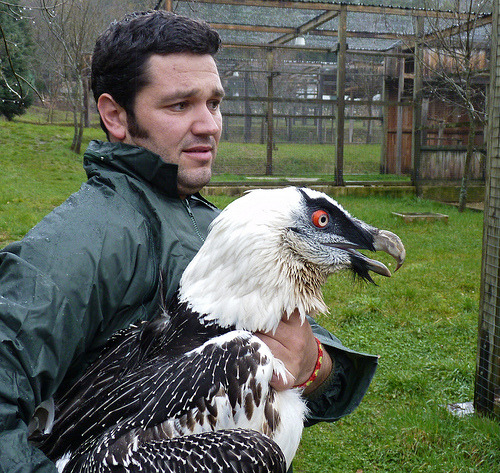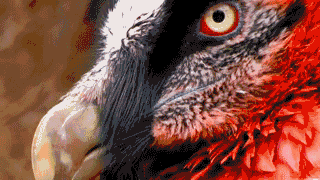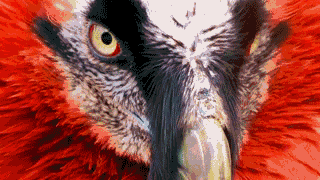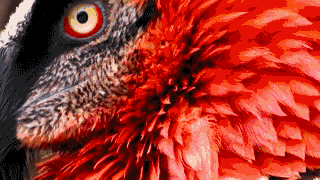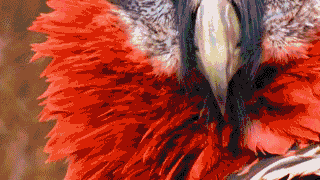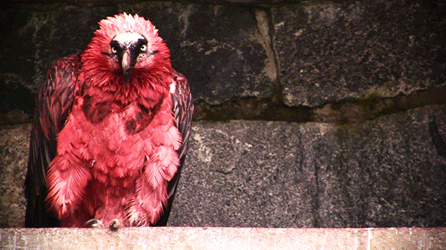simplytheanthropic:My all time favorite animal.The red-bearded vulture.The bearded vulture, or lamme
simplytheanthropic:My all time favorite animal.The red-bearded vulture.The bearded vulture, or lammergeier, lives on a steady diet of bones (more specifically the marrow) and dyes its own feathers blood red.Bearded vultures come in various shades, from pure white to orange-red. Soils stained with iron oxide give the birds their fiery appearance. Lammergeiers apply the dirt with their claws and then preen for about an hour to ensure a bright orange/red glow. They are also attracted to other red things, like leaves and red wood. Captive birds also partake in this behavior, which suggests the activity is instinctual, not learned.The soil doesn’t have any practical purposes; it certainly doesn’t make for good camouflage (though the birds have no natural predators anyway). Scientists have noticed that the birds’ age and size are directly correlated to the intensity of color. It is theorized that the hue is a status symbol. More soiled feathers indicates that the lammergeier had the time and resources to find an adequate place to bathe; the brightest-colored vultures should have the most territory and knowledge of their surroundings. Interestingly, these baths are done in secret, so most of the information gathered has been through spying on captive birds.Bearded Vultures are most commonly monogamous, and breed once a year. Sometimes, especially in certain areas of Spain and France, bachelor lammergeiers will join a pre-existing couple to create a polyandrous trio. Females accept secondary mates because it increases the chances of producing offspring and doubles her protection. The birds usually don’t lay more than three eggs, so they can use all the help they can get.These giant birds can grow up to 4 feet tall. They have a wingspan between 7 and 9 feet and usually weigh around 10 to 15 pounds. In other words, this bird is awesome and I love it forever. -- source link
Tumblr Blog : simplytheanthropic.tumblr.com
